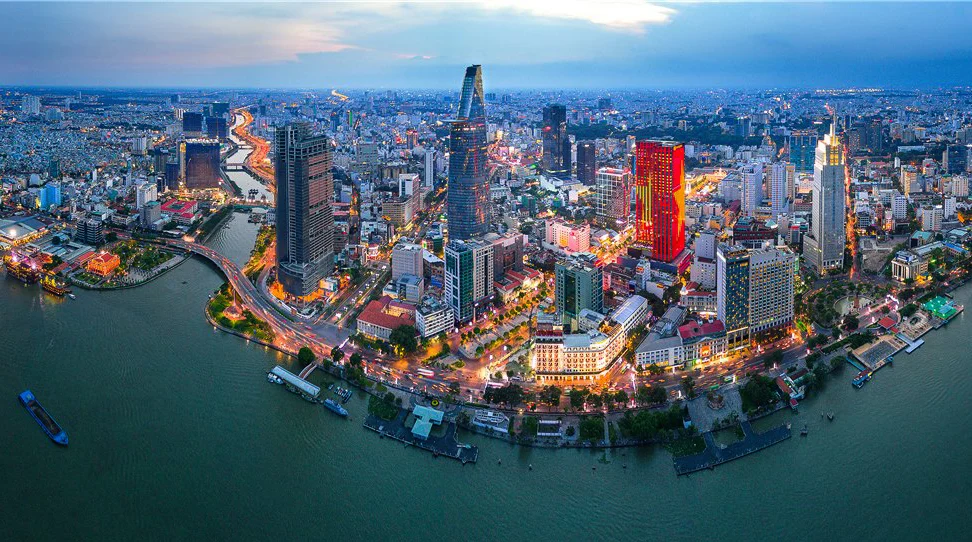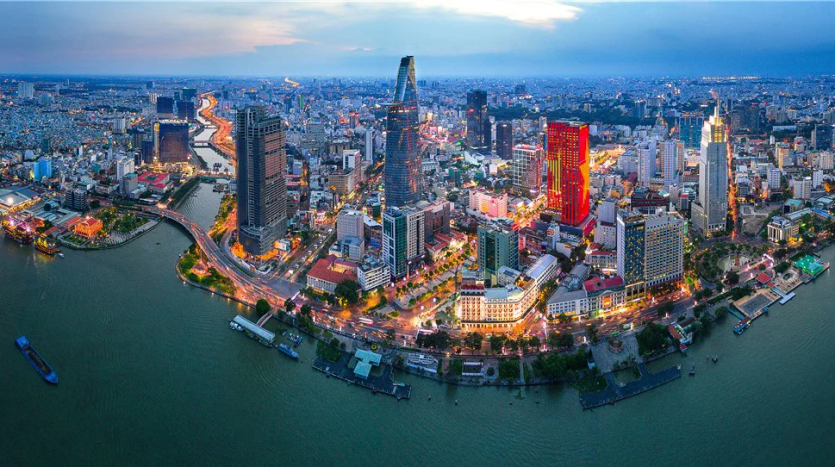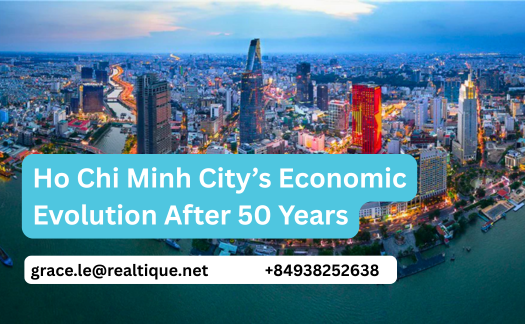Ho Chi Minh City’s Economic Evolution After 50 Years
From post-war stagnation to regional growth leader, Ho Chi Minh City’s economy has transformed through reform, FDI, services, and rising global ambitions.

Table of Contents
From Post-Reunification Struggles to Reform-Driven Growth
In the immediate aftermath of the Vietnam War, Ho Chi Minh City faced numerous structural and policy challenges. Between 1975 and 1985, the city’s growth lagged behind the national average. It was not until the historic Đổi Mới reforms in 1986 that things began to change.
By embracing market mechanisms ahead of other regions, HCMC became the first locality to welcome a wave of economic liberalization. From 1992 to 2011, the city enjoyed consistent double-digit GDP growth, making it one of the fastest-growing areas in the country.
Although growth slowed slightly after 2011, HCMC continued to outperform national averages—except during the COVID-19 shock in 2021. By 2025, the city aims to return to double-digit growth, driven by innovation, infrastructure, and international investment.
A Skyrocketing Economic Scale
The scale of the city’s economy has grown exponentially. In 2024, Ho Chi Minh City’s GRDP reached nearly 1.8 million billion VND—a staggering 27,000-fold increase compared to 1986. Although its share of the national economy has dropped from a peak of 25% to just over 15%, HCMC remains Vietnam’s most vital economic hub.
The decline in proportional contribution is largely due to the rise of other regions, but HCMC still generates more economic output per square kilometer than any other city in the country—highlighting its density, efficiency, and urban productivity.
Becoming an Open Economy: FDI and Export Powerhouse
The 1987 Foreign Investment Law paved the way for FDI, and Ho Chi Minh City was quick to capitalize. Over nearly four decades, it has attracted cumulative foreign direct investment (FDI) of $58.45 billion, the highest in the country.
However, FDI inflows have slowed in recent years. Other provinces like Binh Duong, Hai Phong, and Bac Ninh have attracted investors with vast land reserves, modern industrial parks, and more flexible policies. HCMC now faces constraints due to limited industrial land and infrastructure bottlenecks.
Still, the city’s early lead in FDI has left a strong legacy in its export performance. In 2000, HCMC contributed nearly 50% of Vietnam’s total export turnover. Today, that figure has fallen to just over 10%, again due to increased competition from other provinces with large-scale industrial production facilities.
Shift Toward Services and a Knowledge Economy
One of the most significant structural shifts in HCMC’s economy is the move from industry to services. Before 1990, manufacturing accounted for nearly 70% of economic activity. However, since the early 2000s, the service sector has become dominant, now contributing around 65% of the city’s GRDP.
The city is transitioning from an industrial producer to a provider of high-value services such as finance, logistics, e-commerce, and technology. The rise of digital platforms, fintech, and tech startups has positioned HCMC as Vietnam’s most dynamic urban economy.
This evolution is also reflected in productivity. In 2024, each square kilometer of the city generated nearly 850 billion VND, 35 times higher than the national average—a clear indicator of high urban efficiency and land-use optimization.
Ready to invest smartly in Vietnam’s real estate market?
📩 Reach out to Realtique for insider insights, expert guidance, and exclusive property deals tailored for international investors.







